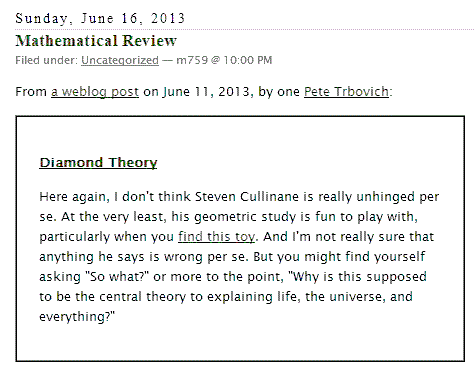“In chapters 19 and 20 of LILA there is a discussion about the possibility of making Zen and the Art into a movie. It opens with a scene where Robert Redford, who ‘really would like to have the film rights,’ comes to meet and negotiate with Phaedrus in his New York City hotel room. Phaedrus tells the famous actor that he can have the rights to the book, but maybe that’s just because he’s star-struck and doesn’t like to haggle. Under his excitement, Phaedrus has a bad feeling about it. He tells us that he’s been warned by several different people not to allow such a film to be made. Even Redford warned him not to do it. So what’s the problem? As it’s put at the end of that discussion, ‘Films are social media; his book was largely intellectual. That was the center of the problem.'”
— David Buchanan at robertpirsig.org
“The insight is constituted precisely by ‘seeing’ the idea in the image, the intelligible in the sensible, the universal in the particular, the abstract in the concrete.”
— Fr. Brian Cronin‘s Foundations of Philosophy, Ch. 2, “Identifying Direct Insights,” quoted in Ideas and Art
See also Smiles of a Summer Evening, the current issue of TIME, the time of this entry (7:20:11 PM ET), and Plato, Pegasus, and the Evening Star.







